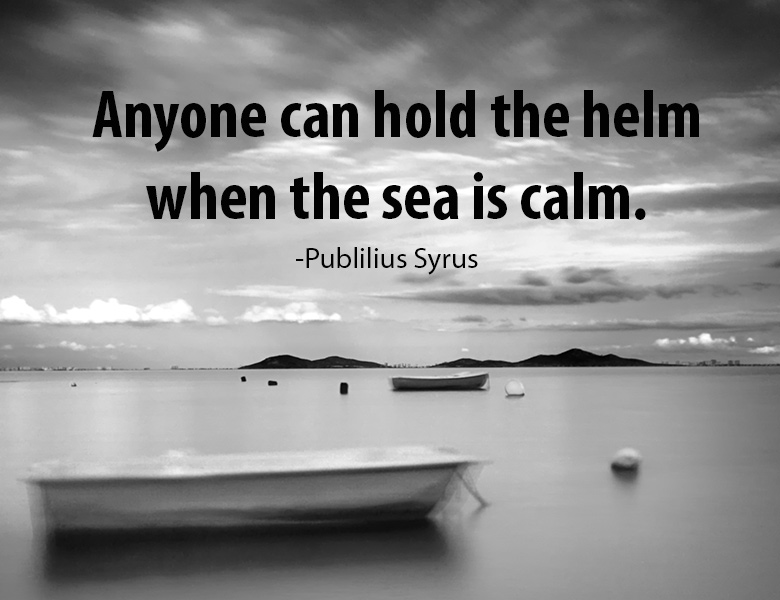And why a leadership title is not enough.
In times of war, not all leaders wear uniforms, and not all those in uniform act like leaders.
This message is beautifully portrayed in Christopher Nolan’s 2017 movie Dunkirk. Using sparse dialogue, evocative music and carefully selected imagery, Nolan recounts the almost miraculous World War II evacuation of over 330,000 allied soldiers trapped by the advancing Germans on France’s North Shore.
Safety is practically in view across the Channel, yet the large navy carrier ships are easy targets for German submarines and fighter pilots. As a result, the successful rescue operation depends heavily on a flotilla of 700 private little ships, many piloted and staffed by civilians.
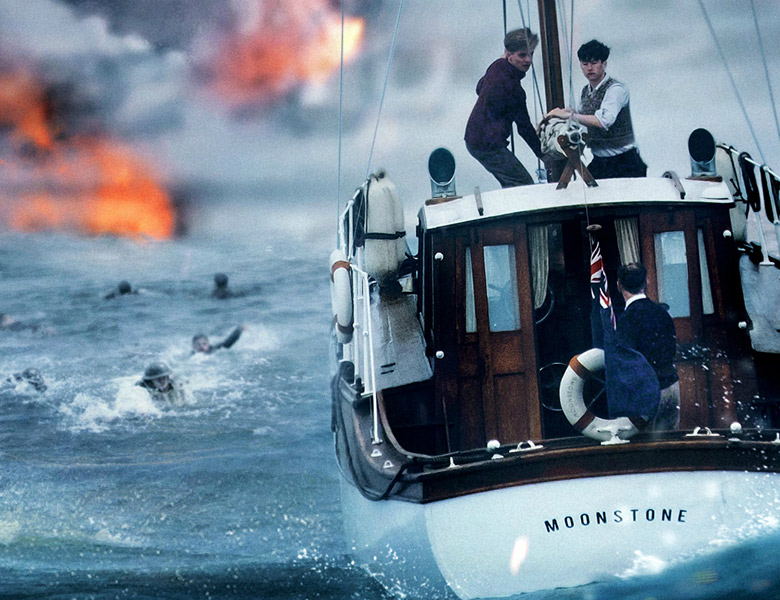
Now, I am not one for war movies as a rule. I received wise counsel, however, to watch Dunkirk with two motives in mind. The first, to notice when and how fear arose, and the second, to catch leadership in action.
I’m glad I followed that recommendation and now I invite you to do the same. You may want to watch the movie before you read further, although I can’t really “give away” how you are going to “feel” while watching this movie. If you are like me, the suspense will strike you from the opening scenes and never let down until the end of the movie.
We must all be prepared to go to war.
In the way that film can bring us present to a fictional reality, whether it has a historical basis or not, you will almost certainly find yourself pulled in to the various personal stories that are depicted. These revolve around the instinctive will to survive, and also the courage to give one’s life for the sake of others.
Before I go on, I am going to tell you why it is very important to consider these themes.
We must all be prepared to go to war.
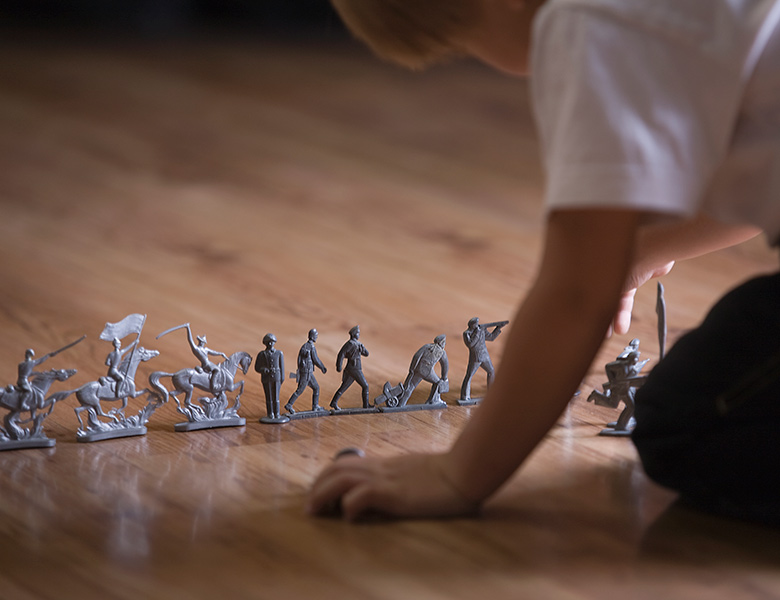
I don’t mean battles on distant shores. Even here in North America, in current times, there are wars being waged. These include important wars to preserve our environment, freedom of speech, true justice for all citizens.
Some of the frontline battles have unfortunately involved firearms and other forms of violence, and naturally I prefer the kind of leadership and courageous conversations that can address unresolved existential fear before it explodes to this level. Still, we find that there are many who are willing to put themselves in harm’s way for causes that matter deeply and urgently to them.
Each new generation has had its just cause to fight for. Pretty soon, though, we may ALL find ourselves in the ultimate battle, to save humanity from the unsustainable blindness, greed and fear that has become the status quo in so-called civilized society. These have become all too easily accepted as the prime fuel for those peddling things to buy, to watch, to read, to listen to.
Back to the movie. (Remember, spoiler alert!)
Nolan gives three perspectives of the military rescue operation. Land, sea and air. He introduces British troops and officers, as well as a French soldier masquerading as British in order to join the first wave of evacuation. In a climactic scene, his ruse is unveiled.
At this point, we watch the existential terror strip a British officer of any sense of honor, as he willingly offers up the French soldier as a shield for German bullets. What the viewer knows is that this same soldier had previously rescued a large number of the British when they became trapped in a sinking naval ship. We watch as he deliberates his choice to save himself, as opposed to going back and opening the hatch.
Needless to say, he is a hero to those who know the full story. And it is most likely that his courage was born of a personal code of ethics, of a clear understanding of “what makes surviving meaningful.”
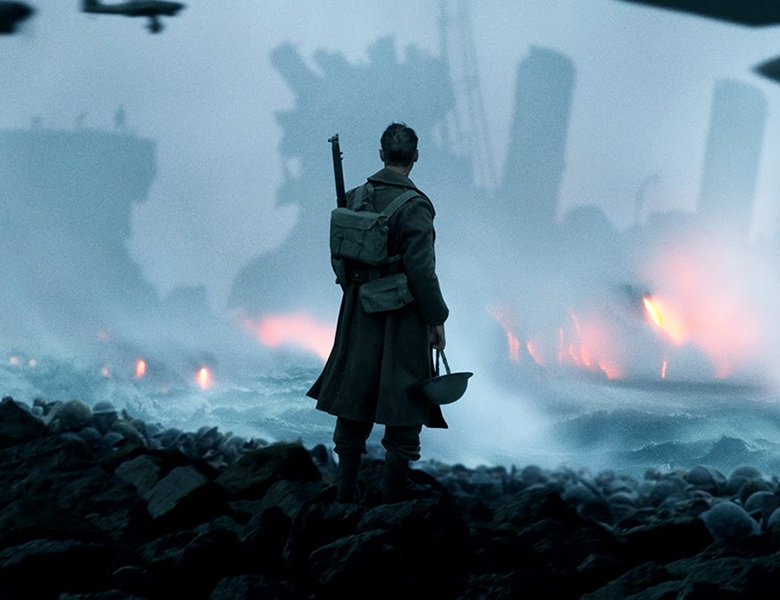
Leadership shows up in many different ways throughout the movie.
We see it in the British pleasure boat captain who joins the rescue flotilla. I’m going to paraphrase his words: “Men my age are sending the soldiers to war; it is for us to bring them home.”
We see it in this captain’s teenage son who acts with a compassion far beyond his years toward a shell-shocked soldier, even as the latter has been responsible for the accidental death of the young man’s friend.
We recognize it in the Royal Air Force pilot who knows he must turn around to safety because his fuel is running out, but who chooses to stay, facing German capture, in order to first protect hundreds still trapped on the beach.
You will find more examples if you watch. And also examples of those who have the role of leader but decidedly do not act the part.
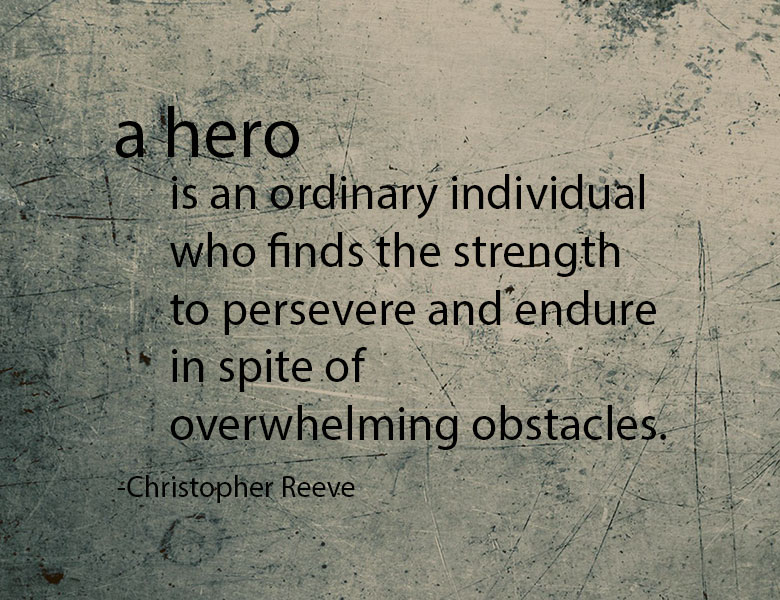
Leaders in our midst.
Returning to civilian life, here and now, as you read this, I invite you to contemplate your own leadership capacity. Remember, there is no age, gender, educational status or professional training that automatically puts the stamp of leader on someone. It is through our actions that we may lay claim to this title.
The ways we can practice this on a daily basis are myriad: answering a question honestly, admitting a mistake, acting authentically. Your leadership muscle is built by small, daily acts of courage. That way, when and if you are put to a more critical test, you will be ready.
What notable examples of leadership have you noticed at home, at work or in your community this week? Please share your stories below, to help inspire all of us to engage in our own daily acts of leadership, the kind that are in service to the common, greater good.

